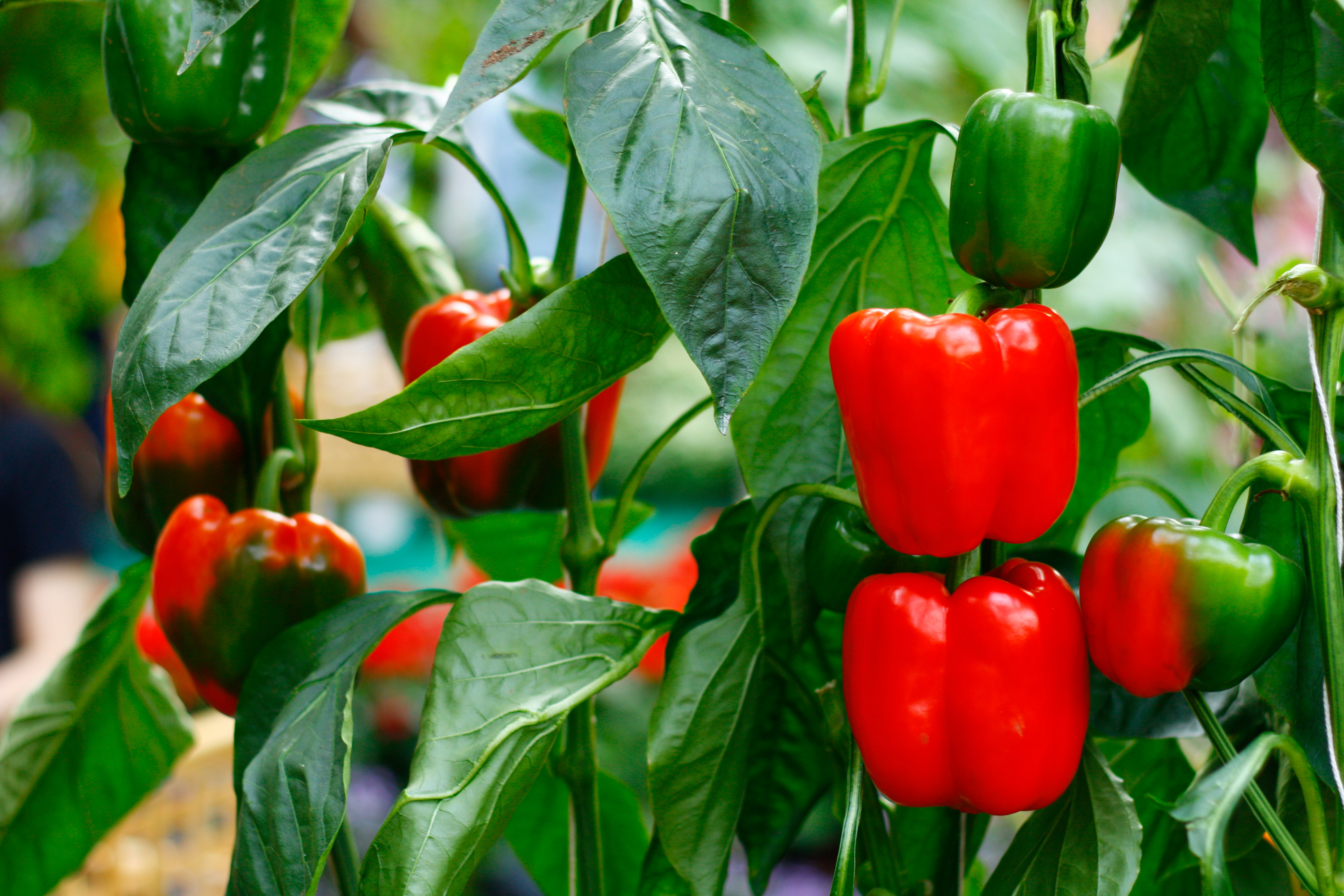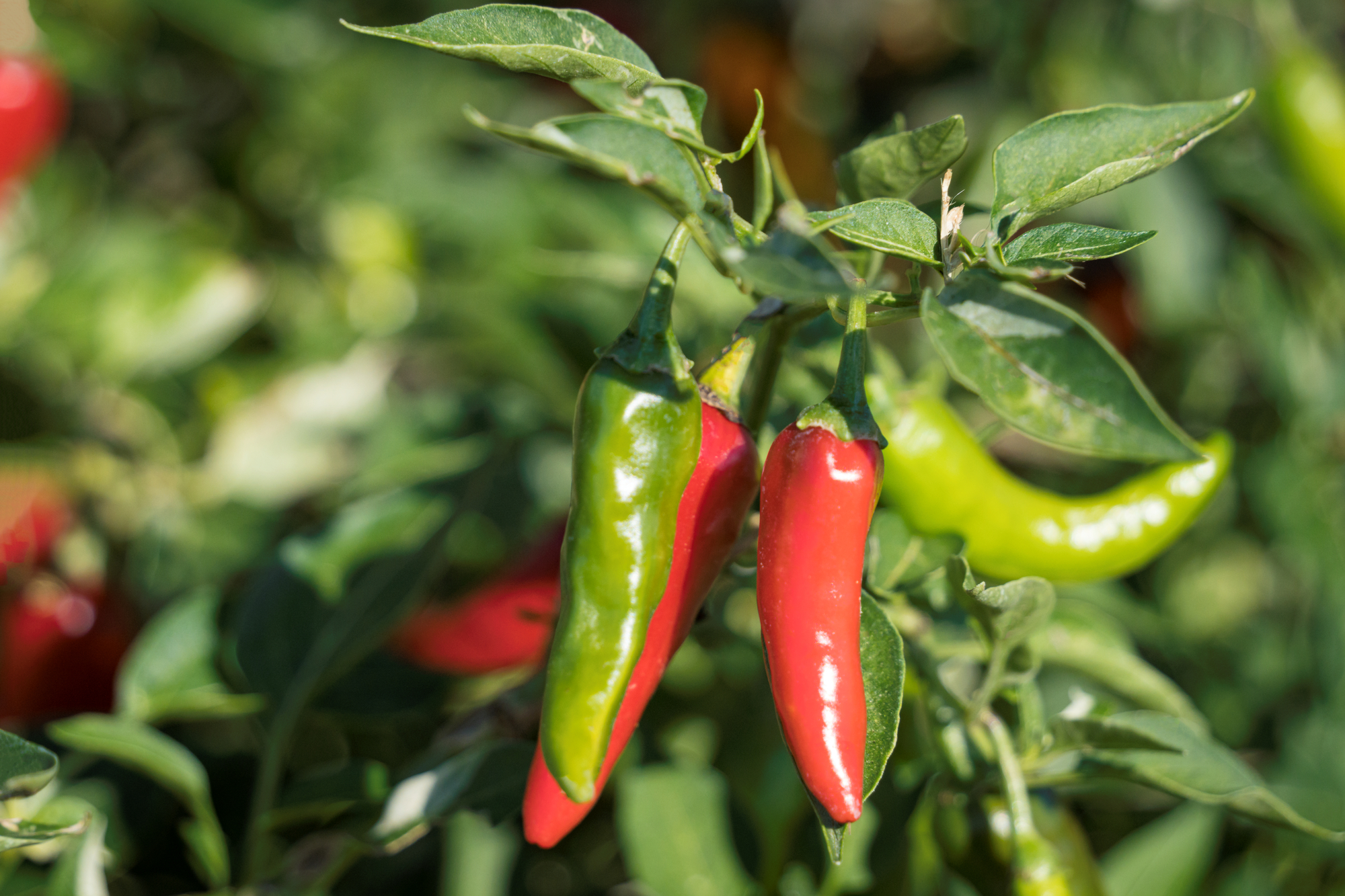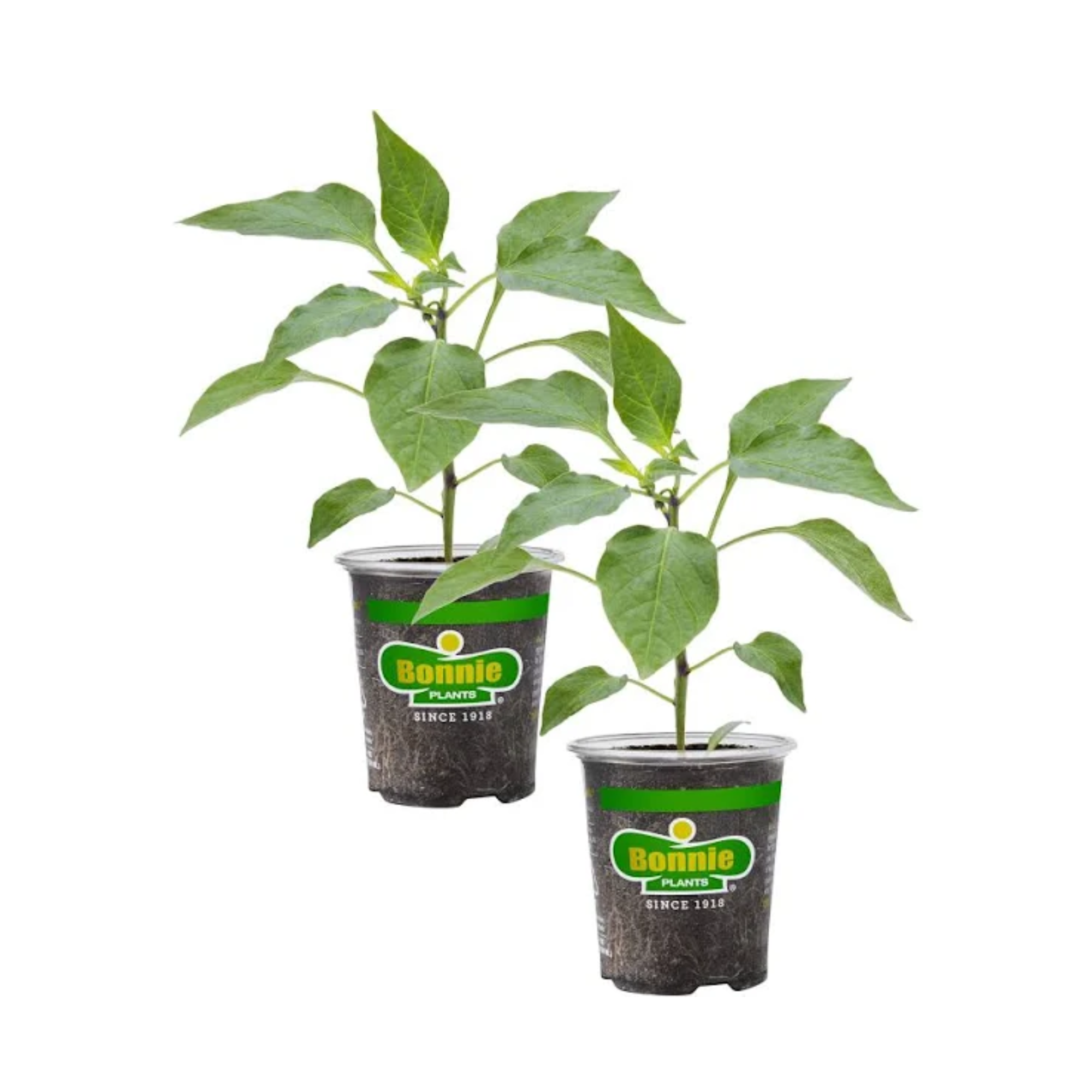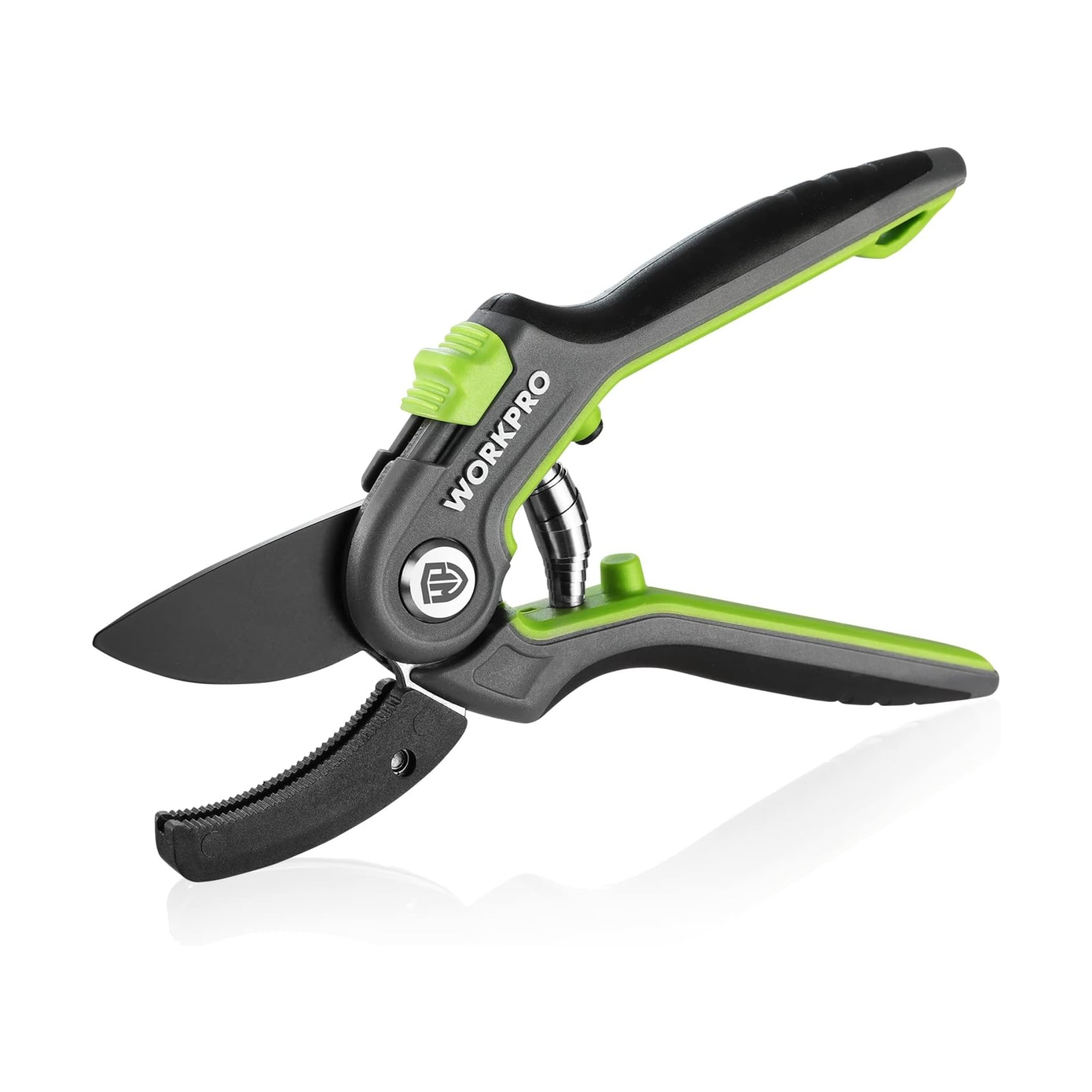When is it too Late to Prune Pepper Plants? Experts Reveal the Answer, as Well as the Perfect Window for Harvesting
Be it sweet bell peppers or fiery scotch bonnets, pruning is essential to a healthy harvest - but you don't want to top them too late


Peppers are one of the brightest jewels of any vegetable garden. Whether you like sweet and juicy bell peppers or prefer a fiery scotch bonnet, these culinary classics are an easy grow, making them a perfect choice for beginner gardeners. If you want a healthy harvest, however, you'll need to know how (and when) to prune them properly.
Pruning peppers - also known as topping - is a great gardening trick to encourage production for an abundant yield. It's the sort of practice that will easily pass amateur growers by, but it's one of the things good gardeners do to make outdoor containers grow quicker. It's also something you should upkeep throughout most of the growing season but, the question is, when is it too late to prune pepper plants?
Here, we asked some experienced gardeners to shed some light so that you know exactly when to stop pruning for a great crop of peppers. They reveal their expert insights below, as well as the perfect window for when to harvest the fruits of your labor.
What are the benefits of pruning pepper plants?
Ask the owner of any modern vegetable garden and they'll stress the importance of pruning your peppers. Besides any dead, diseased or damaged stems, the best way to do this is by 'topping' the plant which involves removing the uppermost growth above a leaf node, usually at the main stem's apex. 'Strategic pruning after the first harvest forces new growth and, so, extends periods of productivity of the plant,' explains Matthew Wilson, professional gardener at Handy Gardeners. 'This will cause another wave of peppers later in the season.
This is a task that should be kept up throughout the growing season to encourage growth for a better yield, but it comes with lots of other benefits, too. One of those is enhanced air circulation. 'Pruning helps open up the plant, which improves airflow around the leaves and stems,' explains Carrie Spoonemore, co-creator of Park Seed’s 'From Seed to Spoon' app. 'This can reduce the risk of fungal diseases and pests. By removing excess foliage, sunlight can also reach more parts of the plant, promoting better overall growth and larger fruit production.'
Of course, the main motivation is the increased fruit production that results from regular trimming. 'Pruning encourages the plant to focus energy on producing fruit rather than excess foliage,' Carrie explains. 'The stronger plant structure also helps develop a sturdier plant by reducing the weight of excess branches and leaves.' There's also the added advantage that a well-pruned plant is easier to harvest from without causing damage to the plant.
When is it too late to top pepper plants?

Clearly pruning is an important gardening task, however tedious you find it, but the big question still remains: when is too late to prune peppers? The prime time for pruning is actually in your pepper plant's early life. 'Prune pepper plants in the early stages of growth, usually when the plant is about six to eight inches tall,' advises Carrie. 'Early pruning helps establish a strong structure and encourages bushier growth.' Since peppers are a great vegetable to plant in June, now might be a good time to top your plant.
The Livingetc newsletters are your inside source for what’s shaping interiors now - and what’s next. Discover trend forecasts, smart style ideas, and curated shopping inspiration that brings design to life. Subscribe today and stay ahead of the curve.
'Although early pruning is most effective, there is still some value in late-season pruning,' adds Matthew. 'Be careful not to heavy prune towards the end of the cycle because that will stress the plant. At this stage of the cycle, only heavy prune what is necessary for plant health, and lightly prune to promote further pepper maturation.'
Generally, though, you should continue light pruning throughout the growing season to remove any dead or diseased branches, or suckers, which are small shoots growing from the bas. 'The latest you should prune heavily is a few weeks before the expected first frost,' notes Carrie.
When should you harvest peppers?

Pruning your peppers properly will help guarantee a better harvest, but one of the unique things about peppers is that you can pick them at different stages of maturity depending on your preference of flavor. 'Peppers achieve the best taste and texture when fully ripe,' says Matthew. 'Little known is that they must be allowed to reach the end color process, as varieties will be different—from green to red, yellow, or even purple—the real sweetness and maximum nutrition content.'
'For a sweeter taste, wait until they reach their mature color (red, yellow, orange, etc.),' says Carrie. 'If you prefer a bit of bitterness or spice, you can harvest them when they're still green.' For sweet peppers, it generally takes 60-90 days to reach maturity while hot peppers can take up to 150 days. This typically falls in mid to late August.
When it comes to cutting your fruit from the place, use sharp scissors or pruning shears like these from Amazon, leaving a short stem attached. 'This reduces the risk of damaging the plant,' Carrie notes. 'Handle the plant and peppers gently to avoid bruising or damaging them and don’t let too many mature peppers stay on the plant for too long as this can slow down production.'
This advice applies whether you're dealing with container gardening or growing peppers in raised beds. Just remember that your plant could benefit from a support structure like this trellis from Walmart to keep it upright. Follow these tips and avoid pruning too late and you'll have a healthy harvest of juicy peppers before you know it.

Lilith Hudson is a freelance writer and regular contributor to Livingetc. She holds an MA in Magazine Journalism from City, University of London, and has written for various titles including Homes & Gardens, House Beautiful, Advnture, the Saturday Times Magazine, Evening Standard, DJ Mag, Metro, and The Simple Things Magazine.
Prior to going freelance, Lilith was the News and Trends Editor at Livingetc. It was a role that helped her develop a keen eye for spotting all the latest micro-trends, interior hacks, and viral decor must-haves you need in your home. With a constant ear to the ground on the design scene, she's ahead of the curve when it comes to the latest color that's sweeping interiors or the hot new style to decorate our homes.


